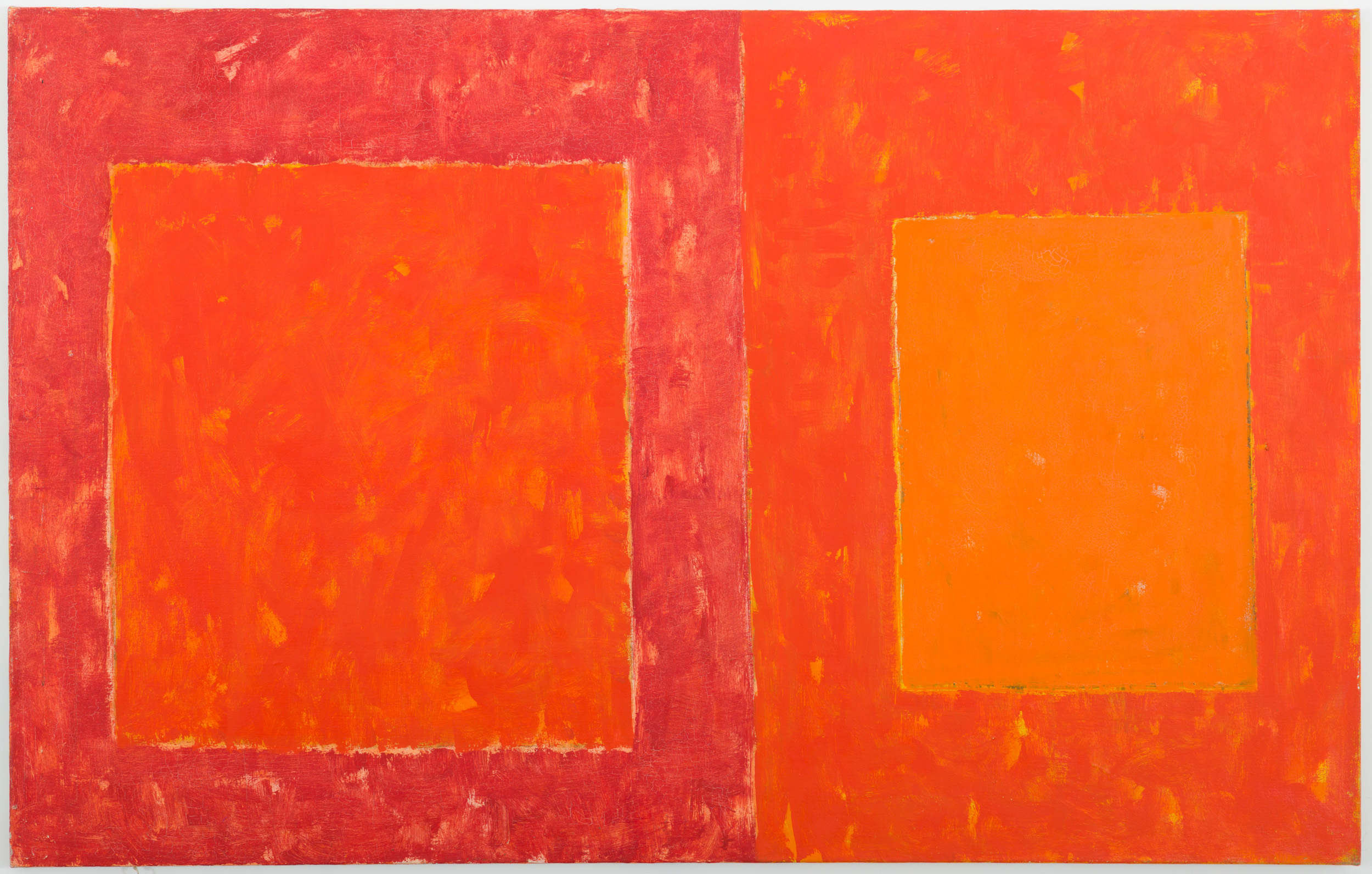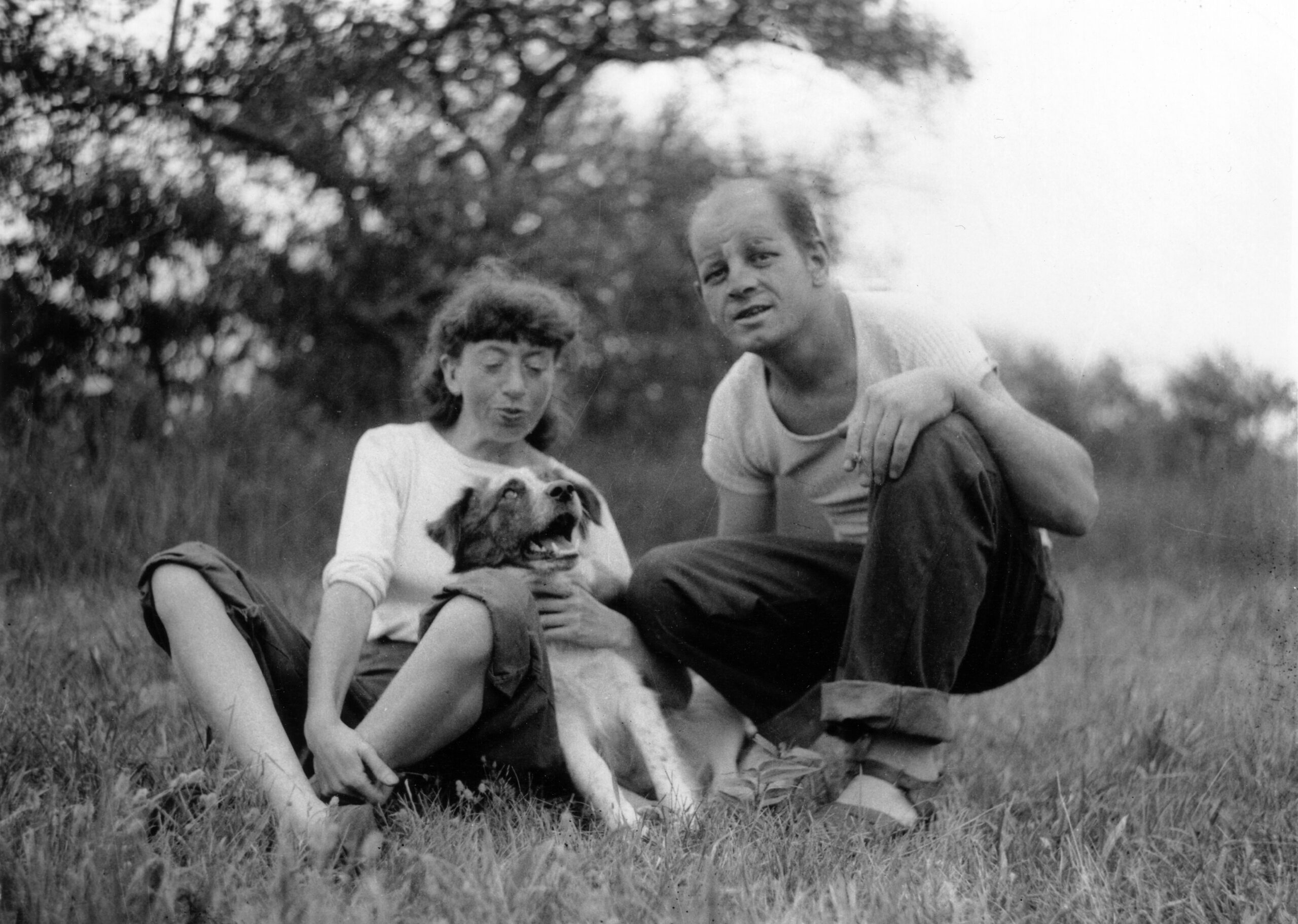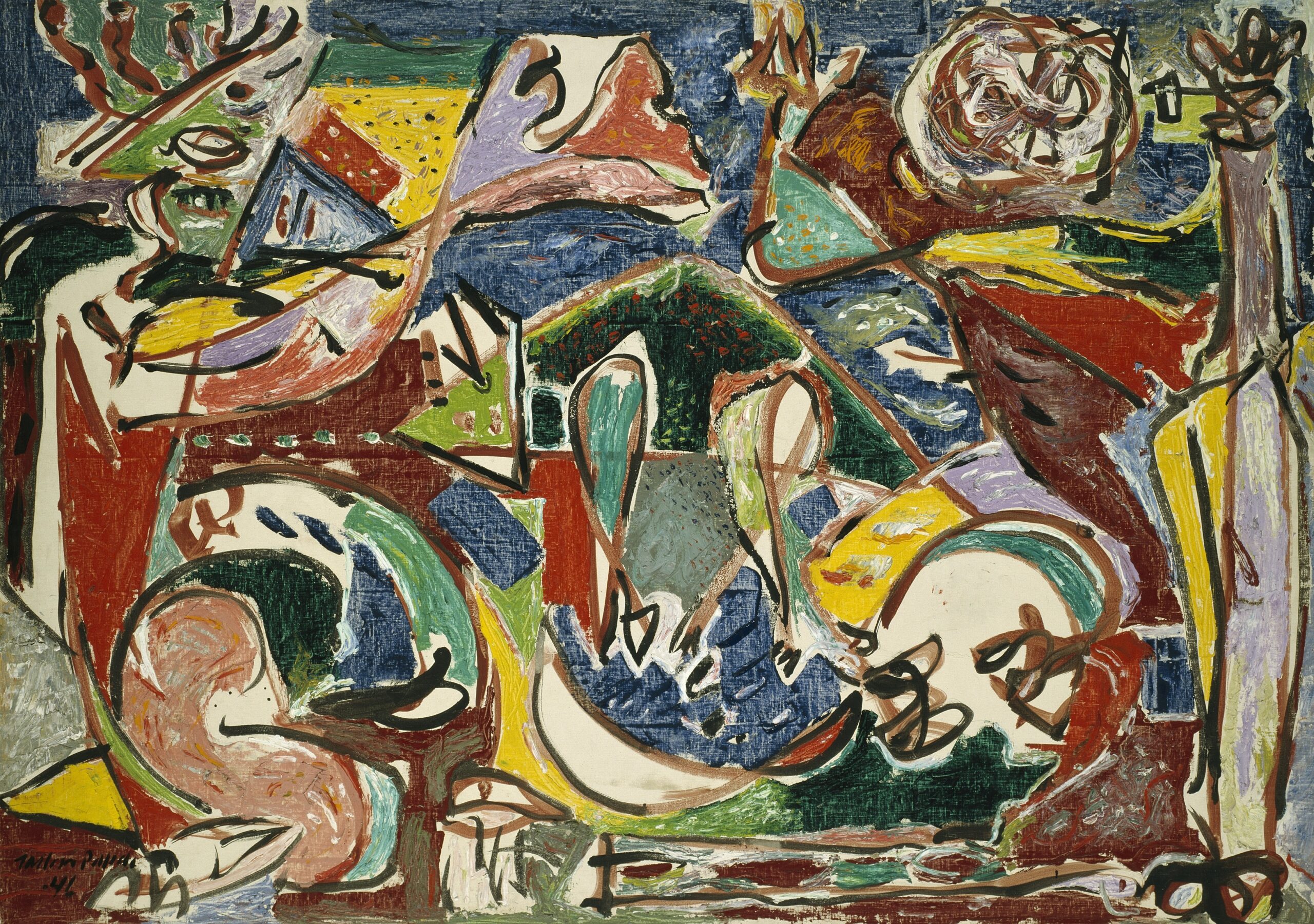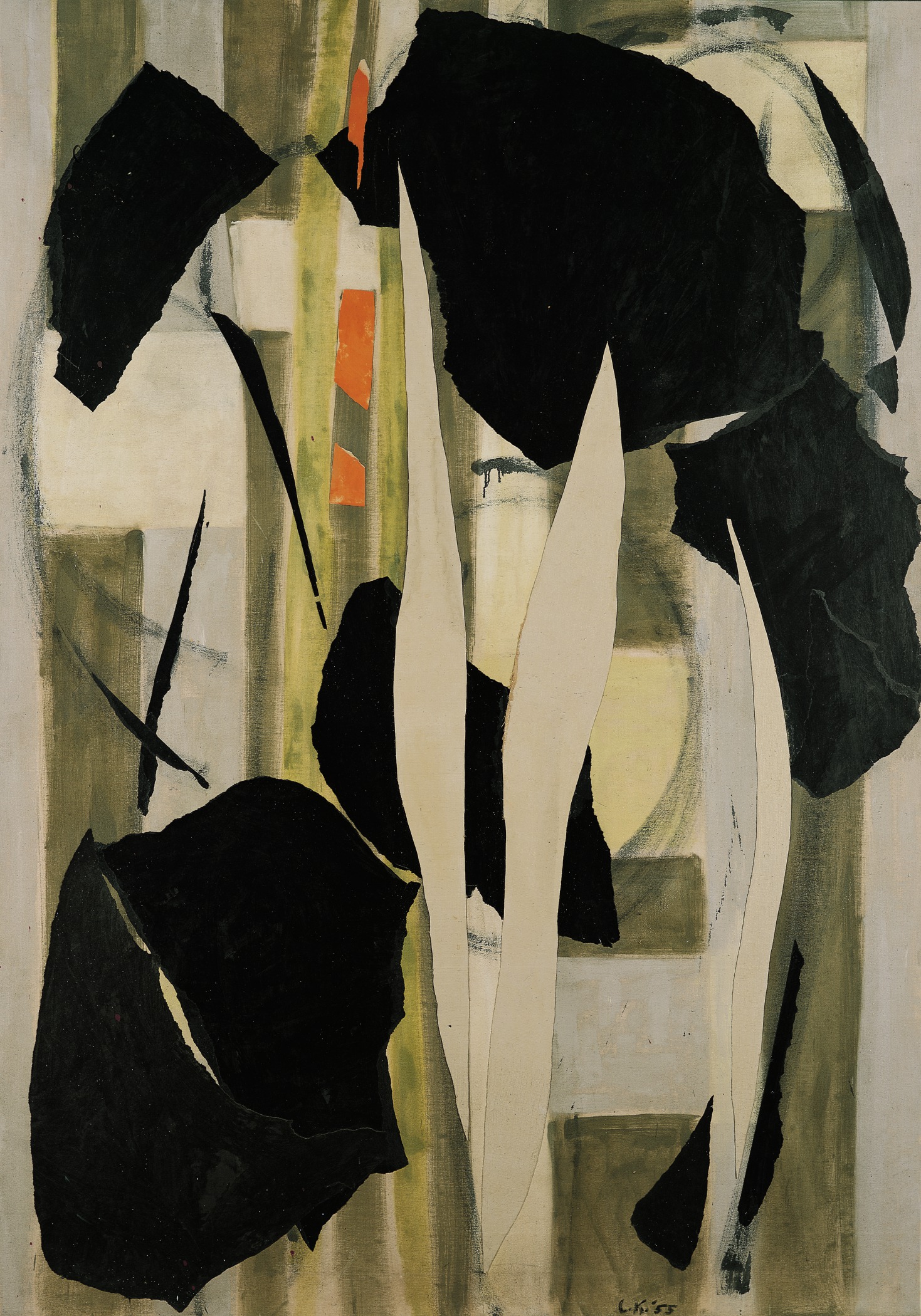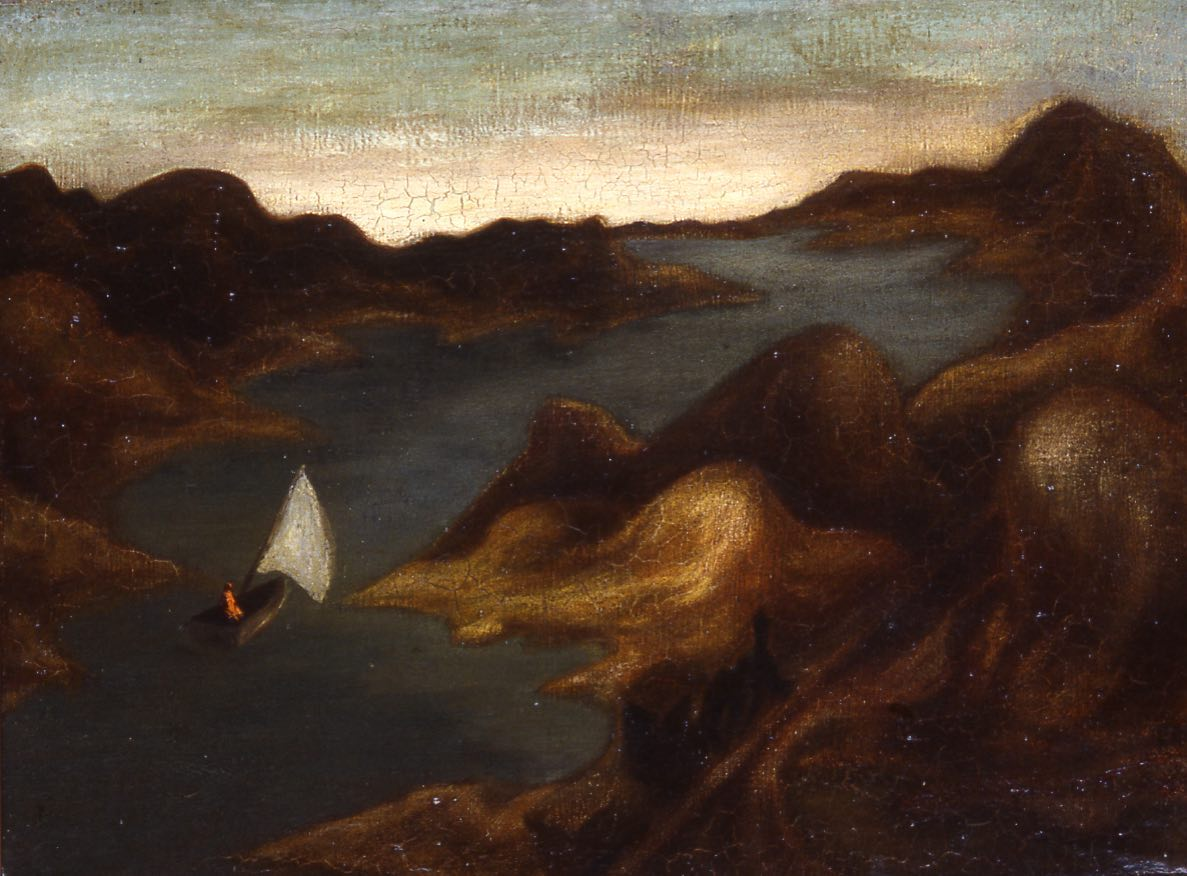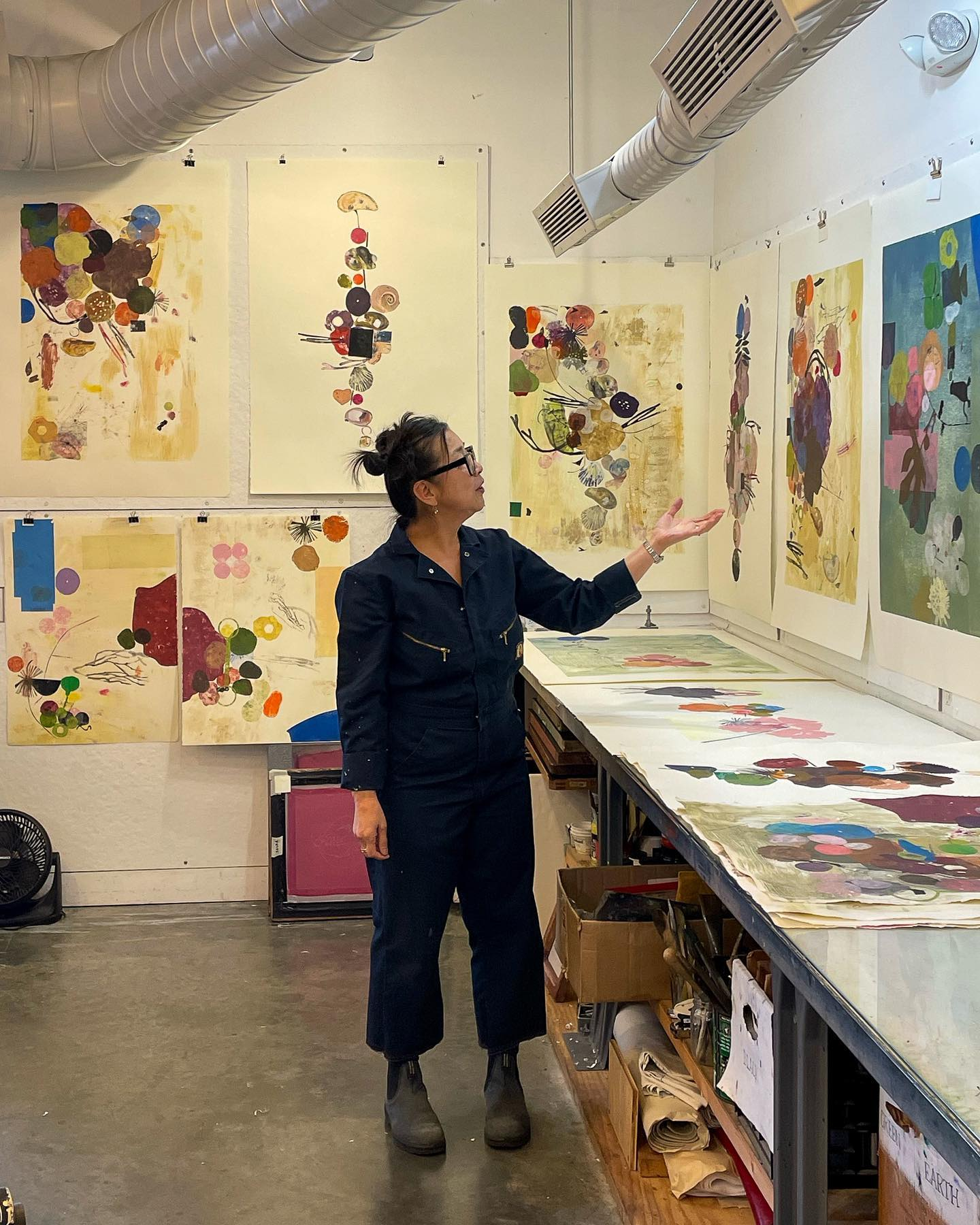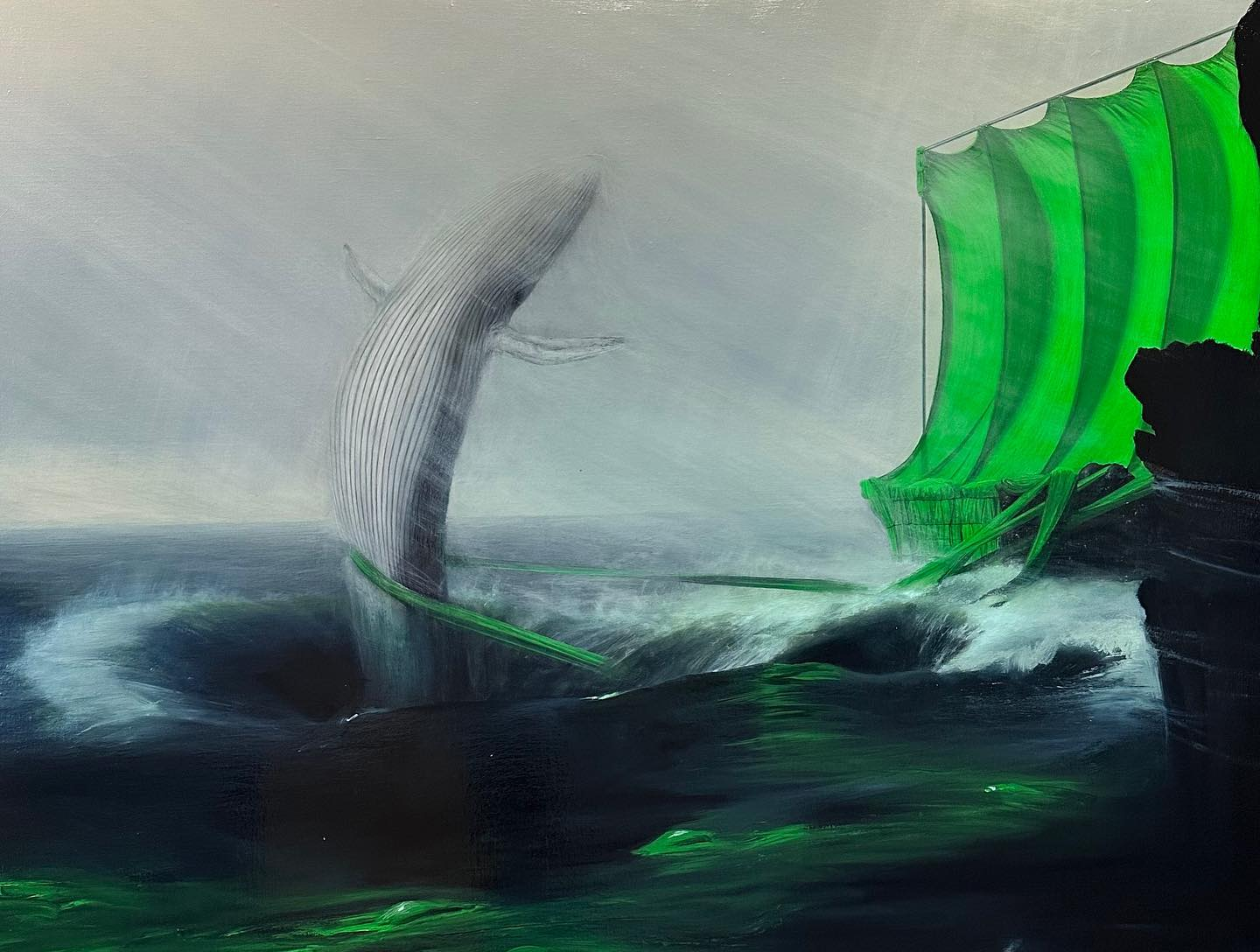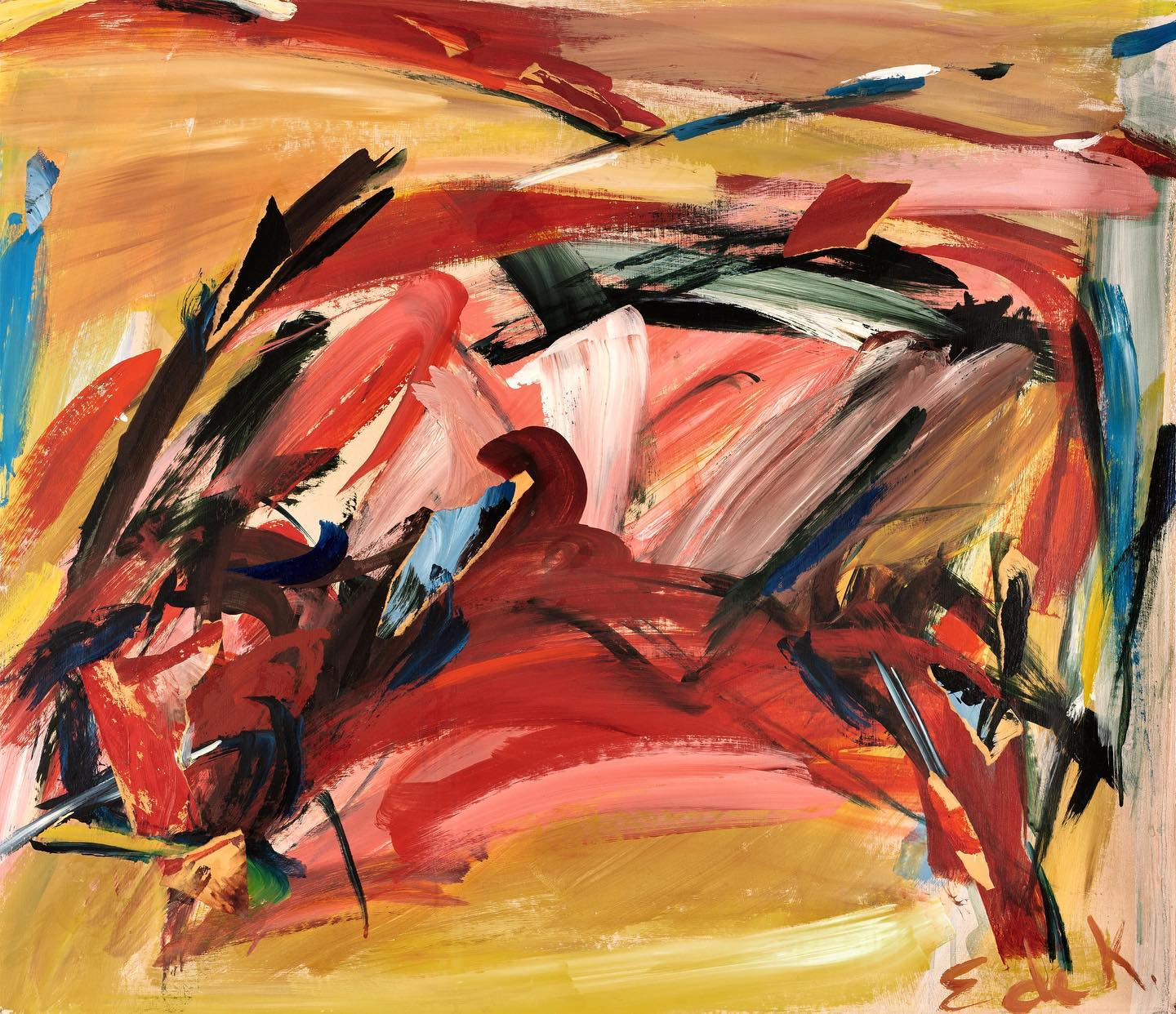Krasner + Pollock
Lee Krasner and Jackson Pollock.
Photograph by Hans Namuth. Courtesy of Pollock-Krasner House and Study Center, East Hampton, NY.
Lee Krasner and Jackson Pollock, leading figures of the Abstract Expressionist movement of the 20th century, developed and experimented with techniques that revolutionized the world of painting.
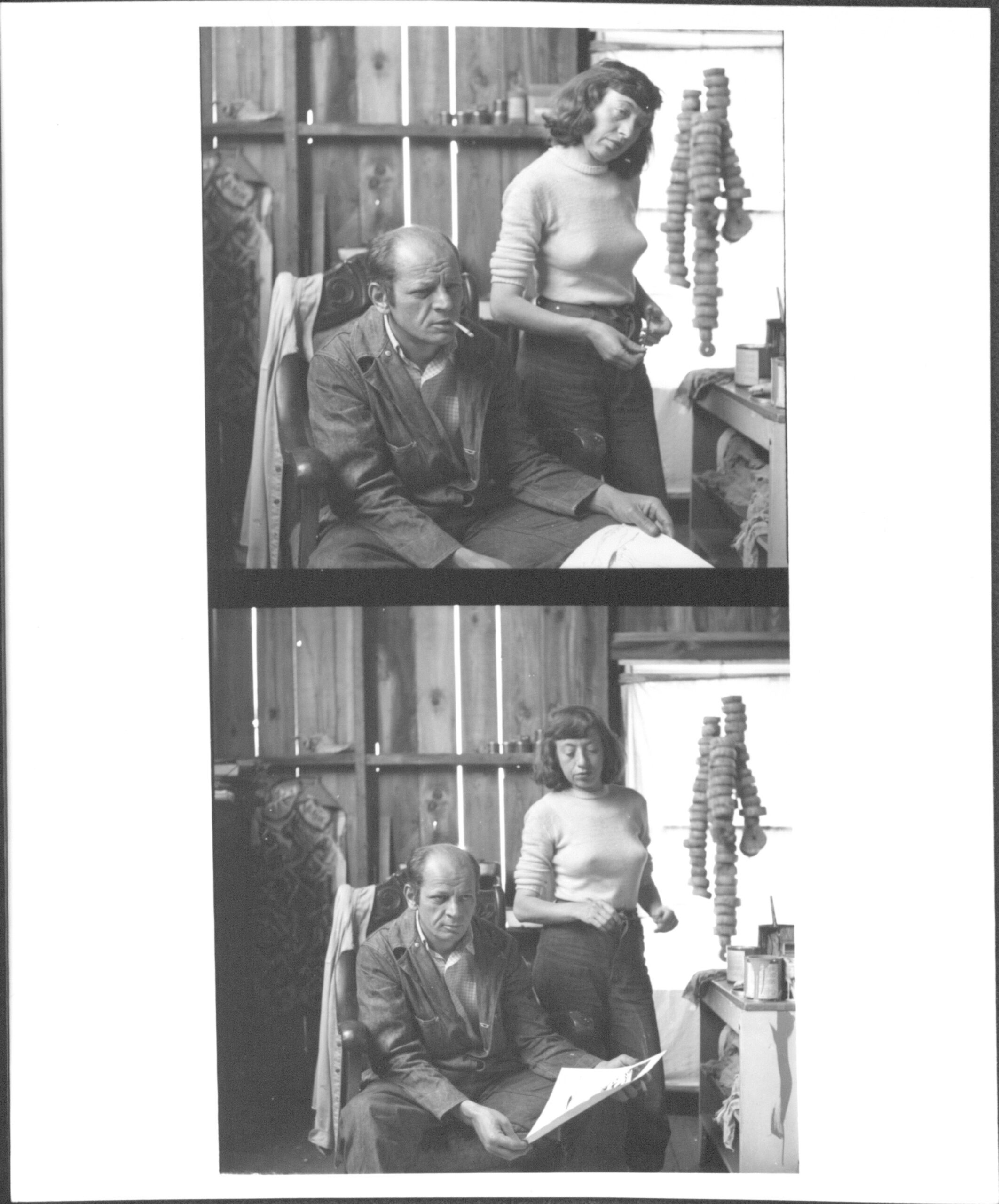
Jackson Pollock and Lee Krasner, 1949.
Photography by Wilfrid Zogbaum. Jackson Pollock and Lee Krasner papers, circa 1914-1984. Archives of American Art, Smithsonian Institution.
After training independently at various schools and under formative teachers in New York, Krasner and Pollock were contracted by the Works Progress Administration’s Federal Art Project from 1935 to 1943, providing them—and many other artists nationwide—with a living wage and the ability to professionally pursue art. Both artists would formally meet in 1942, when they were shown in the same group exhibition French and American Painting at McMillen Gallery. Astonished that she didn’t recognize Pollock’s name among the list of exhibiting artists, which included Henri Matisse, Pablo Picasso, Willem de Kooning, and others, Krasner learned that this new painter lived around the corner. She marched up to his apartment, knocking on his door to introduce herself. In a letter, Krasner said she would later learn that “it was most unusual for Jackson to answer. When I knocked, he opened.”
From then on, Krasner and Pollock formed a personal and artistic partnership, and married in 1945. They had a deep impact on each other’s practices; Pollock ushered her toward a new and free approach to painting and Krasner helped him to be organized and refined. In 1977, Krasner would look back on her artistic relationship with Pollock, saying: “he gave me the confidence to accept my own experience.”
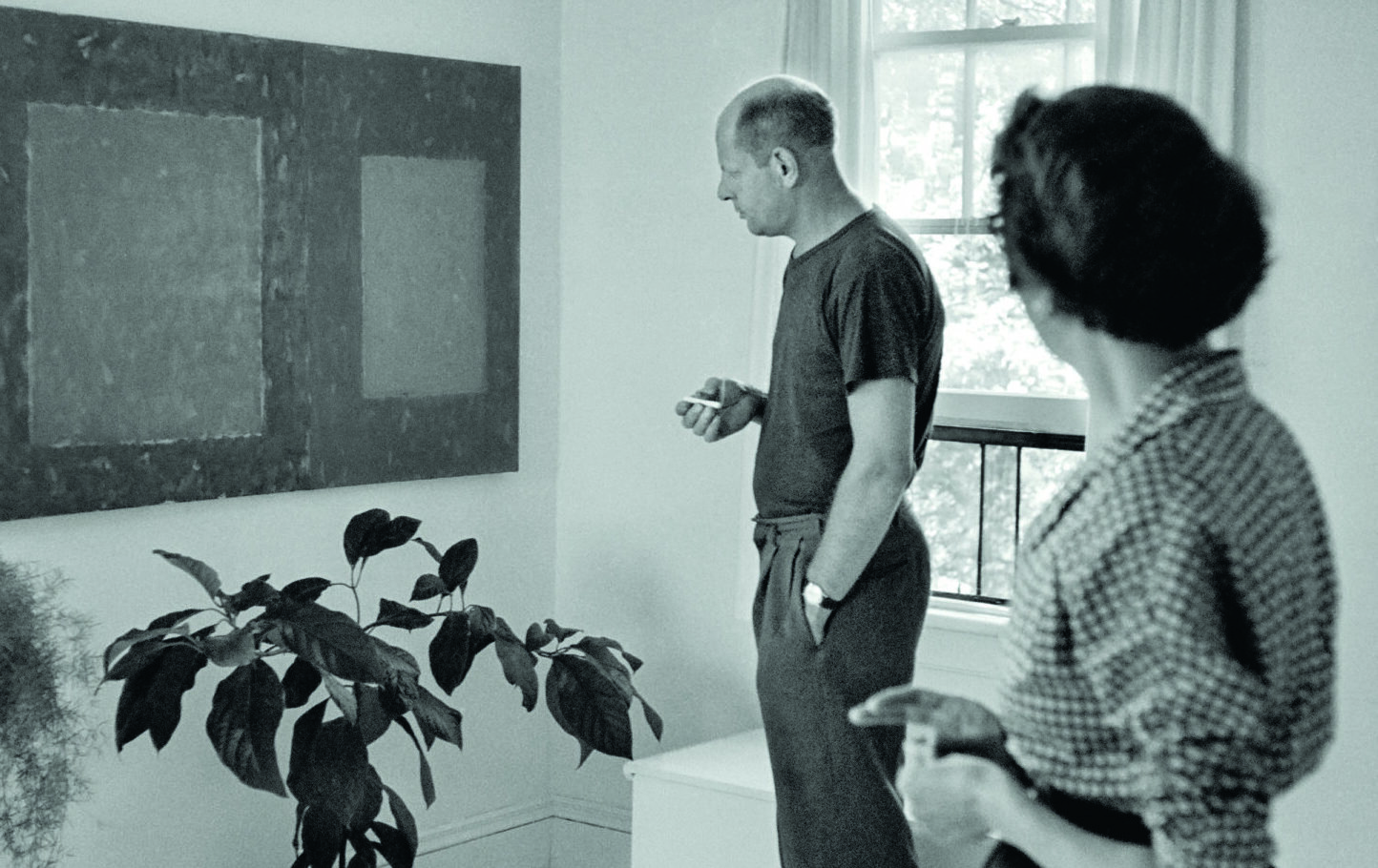
Jackson Pollock and Lee Krasner observing Untitled, in a rare photograph of Pollock critiquing a work by Krasner. Springs, New York, August 1953.
Photograph by Tony Vaccaro.
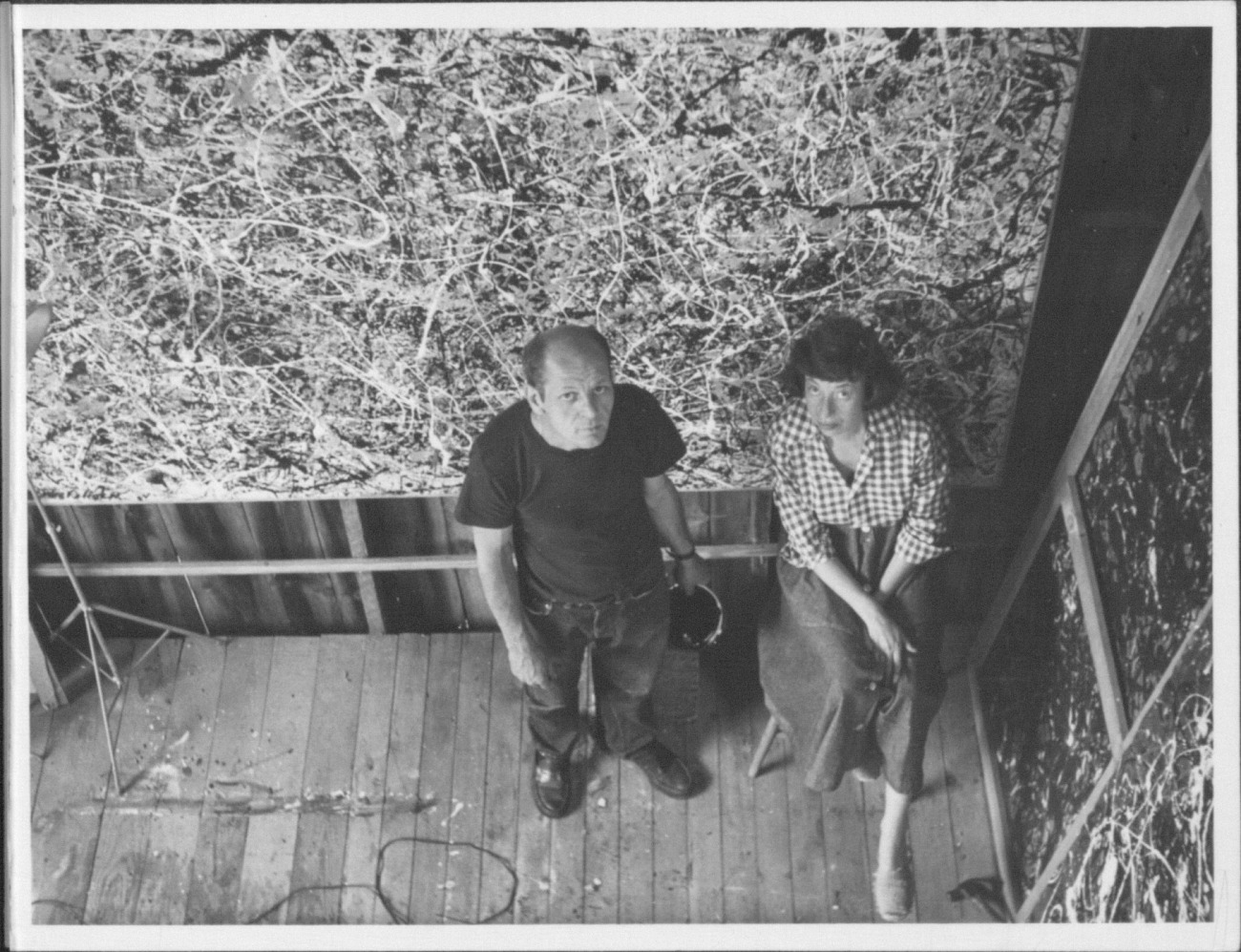
Jackson Pollock and Lee Krasner in Pollock's studio, East Hampton, 1950.
Photograph by Rudolph Burckhardt. ©Estate of Rudolph Burckhardt, courtesy Pollock-Krasner House and Study Center, East Hampton, NY.
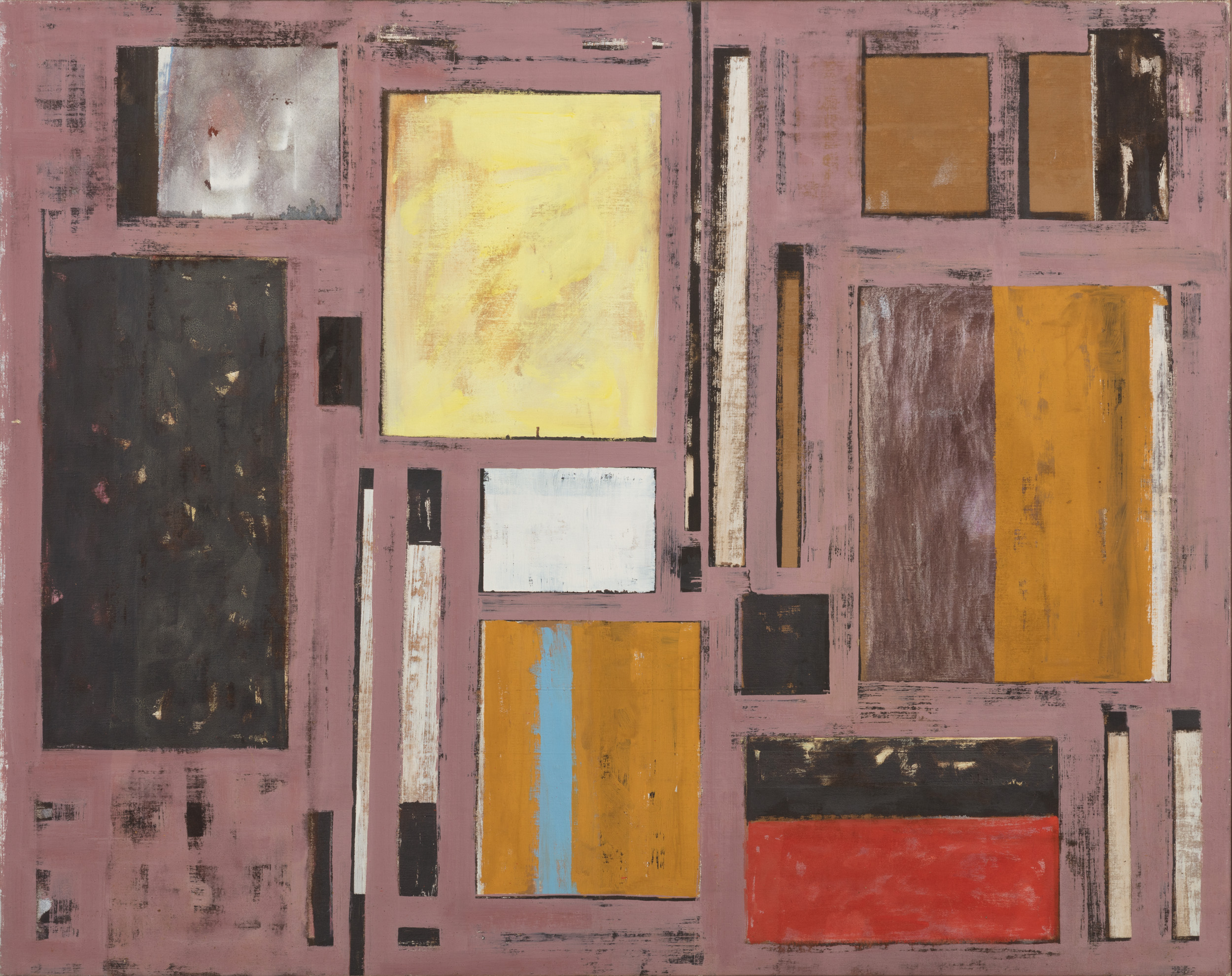
I would like to soar in a canvas. 
Lee Krasner, Equilibrium, c. 1950-53
© Pollock-Krasner Foundation/Artists Rights Society (ARS), New York.
Today, the legacies of both Krasner and Pollock are celebrated through the work of the Pollock-Krasner Foundation.
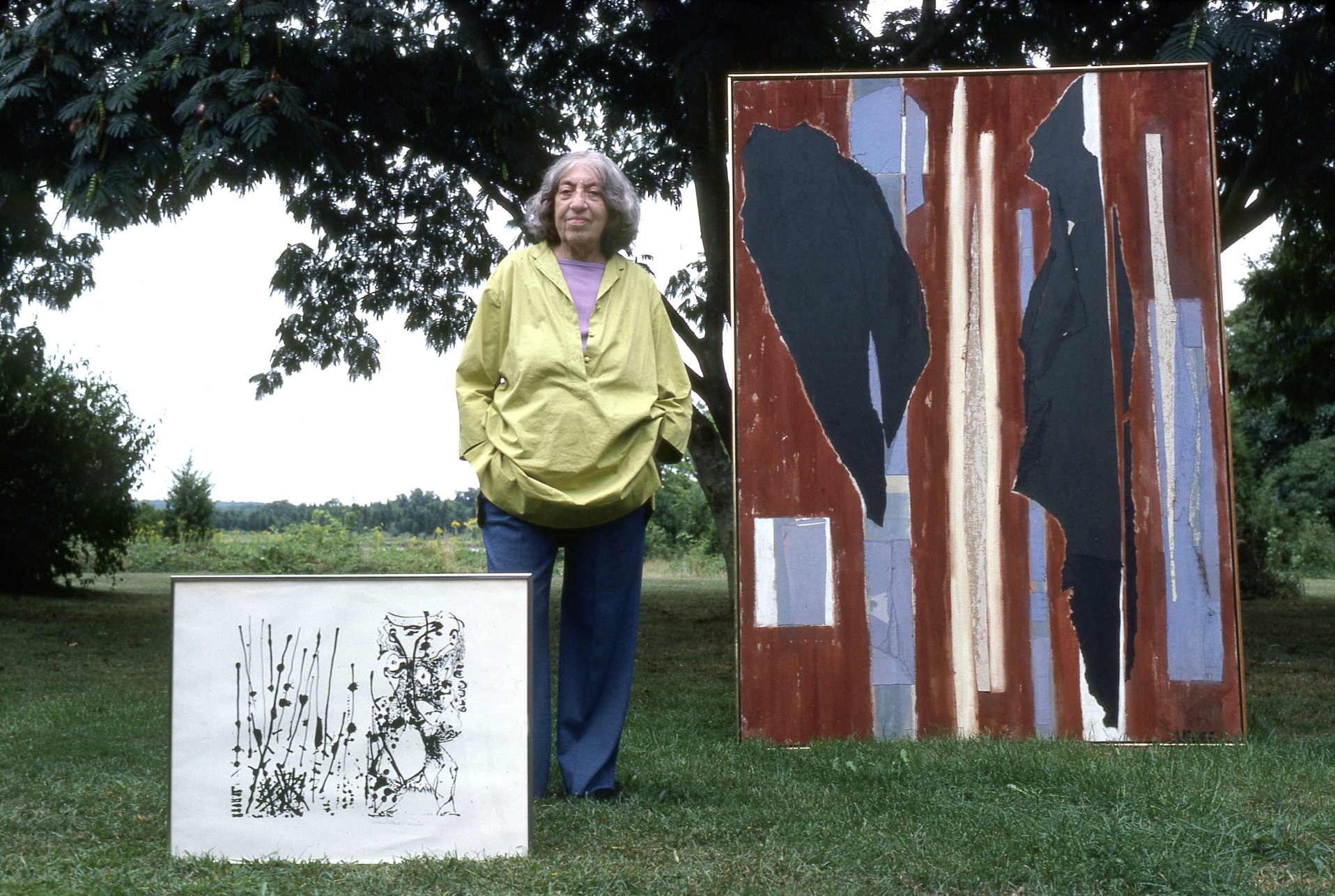
Lee Krasner, 1980.
© Kelly Mooney
In planning both her and Pollock’s legacy, Krasner envisioned a charitable organization that would relieve the financial burden on recognized professional artists so they could practice and advance their work. Her prudent management of Pollock’s estate, as well as her own successful career, provided the initial funding to make that vision a reality.
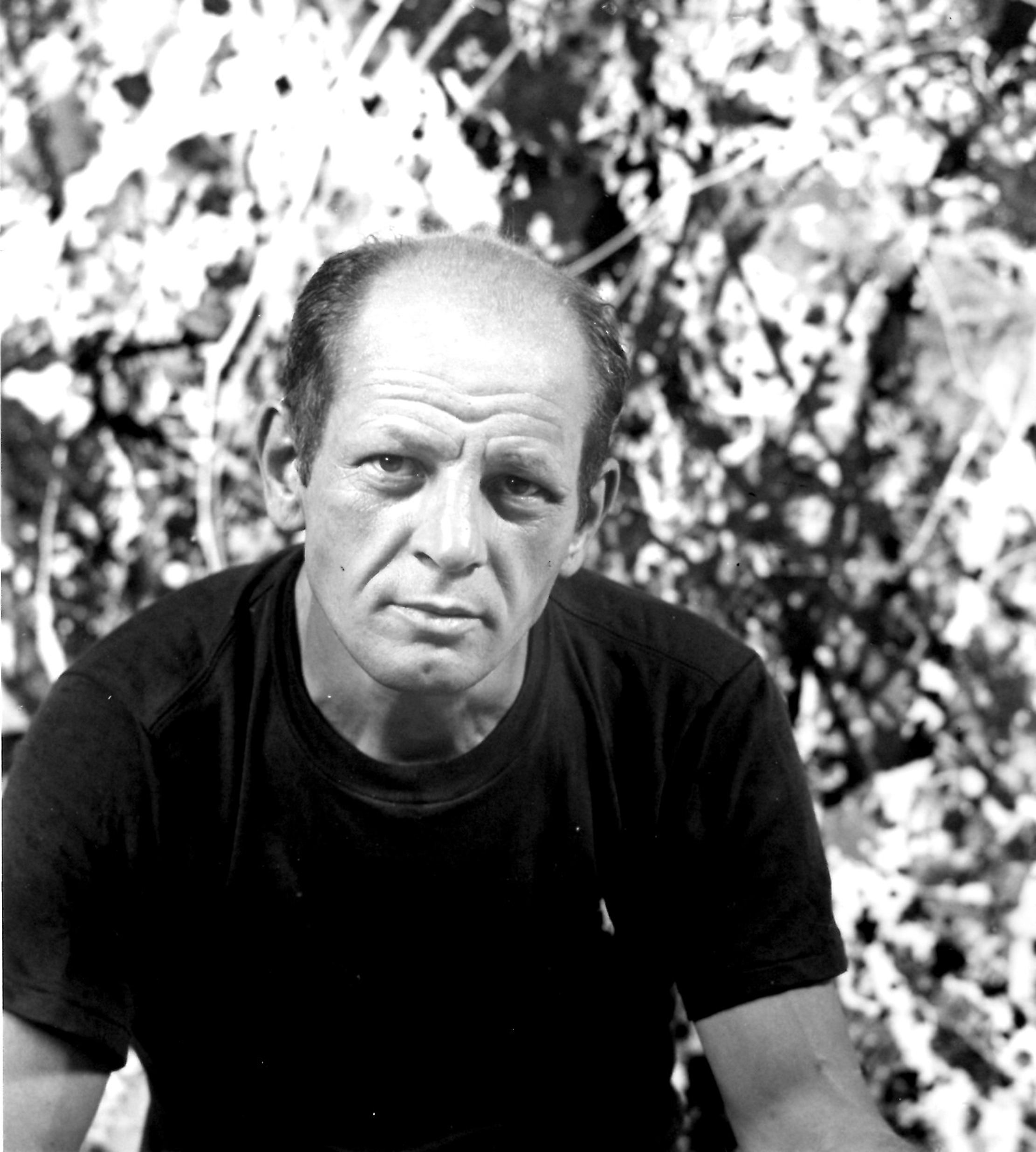
Jackson Pollock in his studio, 1950.
Photograph by Hans Namuth. Courtesy of Pollock-Krasner House and Study Center, East Hampton, NY.

